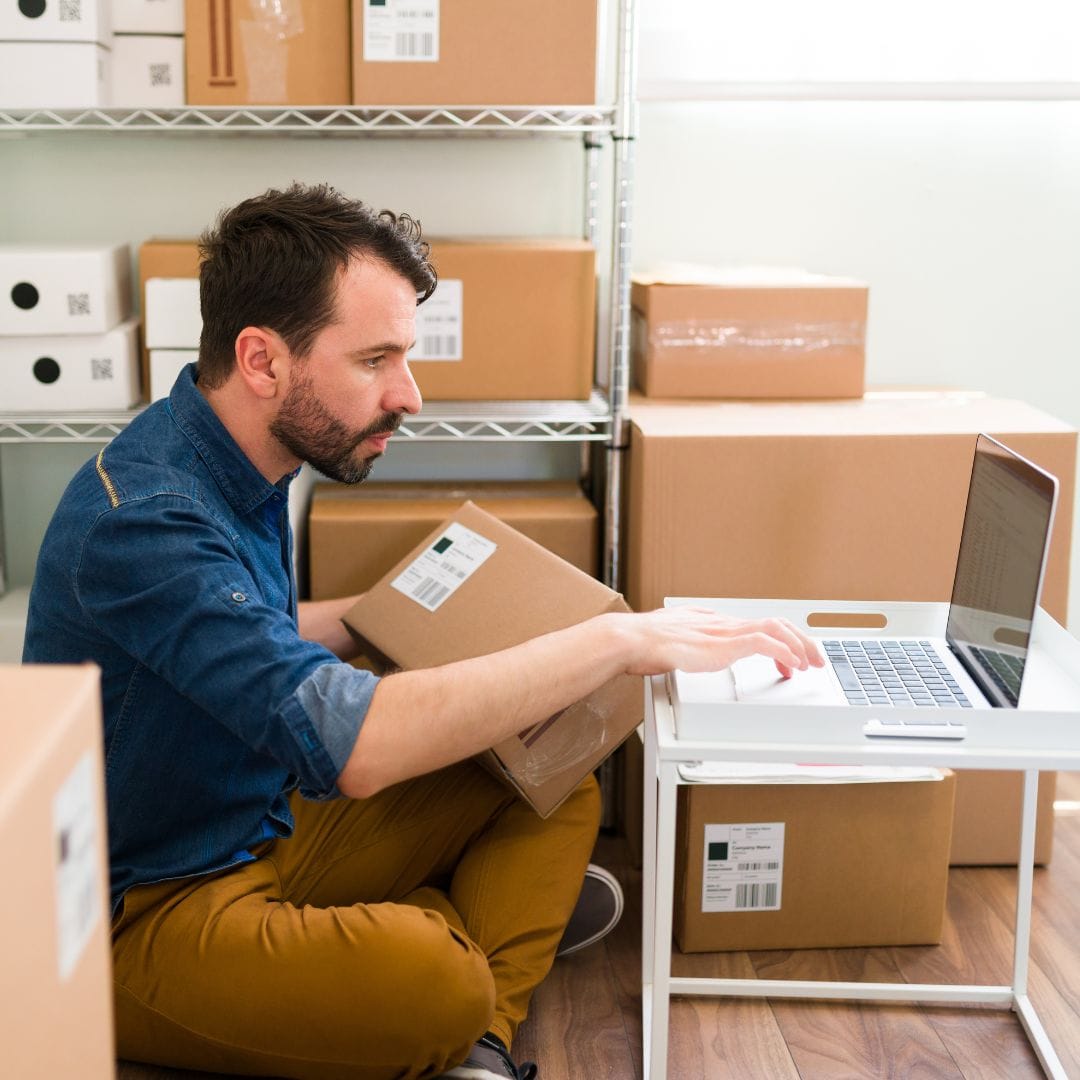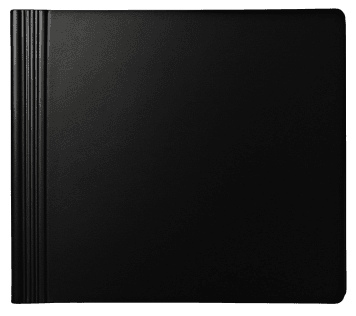In a competitive market, where consumers make split-second decisions, product packaging design serves as a silent yet persuasive salesperson for your product. Packaging design isn’t just about aesthetics; it’s about creating a compelling narrative, appealing to your target audience, and showcasing your product’s unique features. Whether you’re selling consumer goods or digital products such as software demo videos, an effective design can mean the difference between your product being picked up or passed over.
This comprehensive guide will break down the what, why, when, and how of visual packaging design while exploring its critical components, processes, and examples of brands that got it right. By the end of this blog, you’ll understand how to create a design that resonates with your audience and drives growth.
The What of Visual Packaging Design
At its essence, visual packaging design is the process of crafting the look and feel of a product’s outer layer. This design serves a dual purpose: it protects the product and markets it effectively. Packaging is often the first interaction a consumer has with your brand, making it a crucial element in shaping perceptions and driving purchase decisions.
Key Elements of Visual Packaging Design:
- Colours: The colour palette should align with the product’s purpose and branding. Eco-friendly products often use earthy tones, while tech-savvy products like software demo videos might use modern, sleek shades.
- Typography: Fonts need to be legible and reflect the brand’s personality—whether playful, sophisticated, or innovative.
- Imagery and Graphics: Visual elements should evoke emotions and highlight the product’s unique selling points.
- Material Choices: Sustainable or premium materials can communicate a lot about your brand values.
Packaging design goes beyond aesthetics. It’s about making your product irresistible while ensuring it aligns with your target market’s values and needs.
The Why of Visual Packaging Design
Why is packaging design important? Because it is much more than just a container. It’s an opportunity to connect with your audience, differentiate your brand, and enhance the consumer experience. Let’s explore the reasons why visual packaging design is essential:
1. Creating a Memorable First Impression
Your packaging is the face of your product. In retail or online spaces crowded with competitors, a standout design can grab attention and spark curiosity.
For example, in the world of video production and video marketing, visuals must communicate creativity and professionalism—qualities consumers want to associate with your product.
2. Communicating Brand Identity
Your packaging reflects your brand’s personality. Whether it’s minimalist for luxury items or bold and colourful for youth-oriented products, the packaging should convey your values and message.
3. Enhancing User Experience
Good packaging design ensures functionality. A well-designed package not only protects the product but also makes it easy for consumers to use, open, and store.
For instance, a sleek design for a USB drive containing fintech explainer videos enhances the perceived value of both the content and the product.
4. Driving Repeat Purchases
Packaging influences how consumers perceive quality. A positive impression often leads to repeat purchases and fosters brand loyalty.
The When of Visual Packaging Design
Timing plays a crucial role in packaging design. Below are key stages when you need to focus on creating or refining your packaging:
1. During Product Development
Packaging should be an integral part of product development. By designing the packaging alongside the product, you ensure a cohesive presentation. This approach is especially critical for tech-related products, such as explainer videos, where the packaging must communicate innovation.
2. Rebranding or Repositioning
If your brand is transforming, updating your packaging can signal a fresh start. It can help reposition your product in the market or align with current trends, such as sustainability.
3. Seasonal Campaigns and Limited Editions
Seasonal packaging designs, such as holiday-themed visuals or limited-edition releases, create a sense of urgency and exclusivity.
4. New Product Launches
Whenever you’re launching a new product, the packaging design should ensure that it grabs attention, educates consumers, and builds excitement.
Key Considerations for Visual Packaging Design
Before diving into design, it’s important to understand the factors that can shape your decisions. Here are the most critical considerations:
1. Who is the Target Audience?
Understanding your audience is the first step in effective packaging design. Are you targeting tech-savvy professionals, eco-conscious millennials, or families? Each demographic has distinct preferences that should guide your design choices.
For example, if your product includes software demo videos, your target might expect clean, modern designs that reflect professionalism and clarity.
2. Where Will the Product Be Sold?
The sales platform influences how the design is perceived:
- Retail Stores: Your product will be placed among competitors, requiring bold designs that stand out.
- E-commerce: Thumbnail images of your packaging need to pop and convey value instantly.
- Wholesale Markets: Functional and stackable packaging is essential.
3. What’s the Unique Selling Proposition (USP)?
Highlight the one feature that sets your product apart. If your product simplifies complex concepts, like fintech explainer videos, focus on clarity and sleek design.
The How of Visual Packaging Design
1. Research and Analysis
Start with competitor analysis and market research to understand trends and consumer preferences.
2. Concept Development
Brainstorm ideas with a team of designers and marketers. Draft concepts that align with the product’s value proposition.
3. Prototyping
Create prototypes to test the design’s visual appeal and functionality.
4. Feedback and Refinement
Gather feedback from focus groups or test audiences to make adjustments.
5. Production
Ensure the final product maintains high-quality visuals and functionality.
What are the 7 Basic Steps to Packaging Design?
- Identify target audience and goals.
- Conduct competitor research.
- Create initial sketches and mockups.
- Finalize materials and finishes.
- Develop prototypes.
- Gather feedback and make improvements.
- Produce and launch the final design.
Examples of Great Packaging Design
Supahub
With its sleek typography and modern layout, Supahub captures the innovative spirit of video production and video marketing.
Monday.com – Client Testimonial
The clean, professional packaging reflects the simplicity and clarity of the brand’s services, including their use of explainer videos.
Doks.AI – YouTube Ad
The vibrant and engaging visuals mirror the dynamic nature of their digital offerings, making them ideal for tech-savvy audiences.
Wix – Think It. Create It.
Wix uses minimalistic yet eye-catching designs that align with their creative brand identity.
Grammarly – Write Your Future
Grammarly’s design strategy focuses on clarity, reflecting its function as a productivity tool.
Conclusion
Product packaging design isn’t just about creating a visually appealing cover—it’s about communicating value, building brand identity, and creating memorable experiences. Effective packaging can transform your product’s market performance, whether you’re designing for consumer goods or digital products like software demo videos.
At Wenimate, we craft compelling visuals for a wide range of products. Let’s work together to design packaging that not only turns heads but also drives results.


